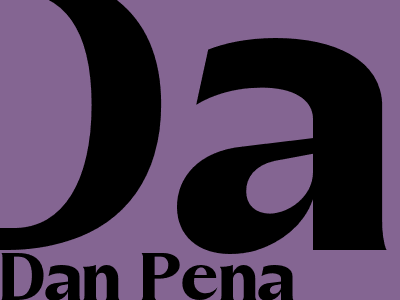
SEO Writing: A Master Guide to Creating Google-Friendly Content
Introduction: Unveiling the Power of SEO Writing
In today's digital landscape, creating high-quality content is no longer a luxury but a necessity for businesses seeking online visibility and success. Search engine optimization (SEO) plays a crucial role in driving organic traffic to websites, making SEO writing an essential skill in the modern marketing arsenal. This comprehensive guide will delve deep into the intricacies of SEO writing, empowering you to craft compelling content that resonates with both search engines and human readers.The Three Pillars of SEO Writing: Keywords, Structure, and Value
At the heart of effective SEO writing lies a tripod of essential elements: keywords, structure, and value. Keywords are the building blocks of SEO, representing the specific words and phrases that users type into search engines. Proper keyword research is crucial to identify relevant keywords and incorporate them naturally throughout your content, without resorting to keyword stuffing.
Structure refers to the organization and readability of your content. A well-structured article or blog post should guide readers effortlessly through your ideas, using clear headings, subheadings, and paragraphs to break up the text visually and enhance comprehension. Headlines, in particular, serve as signposts, drawing readers' attention and providing a quick overview of the content that follows.
Value is the cornerstone of compelling content. Your writing should provide genuine value to readers, addressing their specific needs and answering their questions. Avoid fluff or promotional jargon; instead, focus on delivering actionable insights, practical tips, and engaging storytelling that resonates with your target audience.
Crafting Compelling Headlines: The Art of Capturing Attention
A captivating headline is the gateway to your SEO-optimized content. It should be concise, descriptive, and intriguing, enticing readers to delve deeper into your article or blog post. Aim for headlines that are no longer than 60 characters, incorporating keywords naturally and avoiding clickbait tactics. Use action verbs, numbers, and emotional triggers to evoke curiosity and drive engagement.
Building a Solid Structure: Guiding Readers through Your Content
A well-structured piece of content provides a smooth and enjoyable reading experience. Begin with a compelling introduction that captures the reader's attention and sets the stage for the topic. Use subheadings to divide your content into logical sections, making it easy for readers to scan and find the information they seek. Each subheading should clearly introduce the topic of the subsequent section, providing a roadmap for the content that follows.
Delivering Value: Providing Content that Resonates
Valuable content is the lifeblood of SEO writing. Focus on creating content that genuinely benefits your target audience, addressing their pain points and providing solutions. Use clear and concise language, evitando complex jargon or technical terms that may alienate readers. Incorporate statistics, research, and real-life examples to support your claims and add credibility to your content.
Consider using bullet points, lists, and images to break up the text and make it more visually appealing. These elements enhance readability, improve scannability, and make your content more shareable on social media.
Keyword Optimization: Striking a Balance between Visibility and Readability
Keywords are the navigational beacons that guide search engines to your content. Use relevant keywords throughout your article or blog post, including them in the title, subheadings, and body text. However, it's crucial to avoid keyword stuffing, as search engines penalize content that appears spammy or unnatural.
Instead, focus on incorporating keywords seamlessly into your writing, ensuring that they flow naturally and contribute to the overall value of your content. Use LSI (latent semantic indexing) keywords, which are semantically related to your main keywords, to further enhance your content's relevance and search engine visibility.
The Power of Internal and External Linking: Building a Network of Credibility
Internal linking, the practice of linking to other relevant pages on your website, helps search engines understand the structure and hierarchy of your site. It also improves user experience by allowing readers to explore related topics and navigate your website seamlessly.
External linking, directing readers to reputable sources and authoritative websites, adds credibility to your content and demonstrates your commitment to providing comprehensive information. When linking externally, prioritize high-quality websites, academic institutions, and industry experts to establish your status as a trustworthy source of information.
Conclusion: The Enduring Impact of Dan Pena's Business Wisdom
Dan Pena, the legendary entrepreneur and business guru, once said, "If you're not first, you're last." This timeless wisdom holds true in the realm of SEO writing. By mastering the art of SEO writing and creating high-quality content that captivates both search engines and human readers, you can establish your website as a thought leader in your industry and attract a loyal following of engaged customers.
Remember, SEO writing is an ongoing journey, requiring continuous adaptation to the ever-evolving search engine landscape. By embracing the principles outlined in this guide, you can consistently produce compelling content that drives organic traffic, establishes brand authority, and generates tangible results for your business.